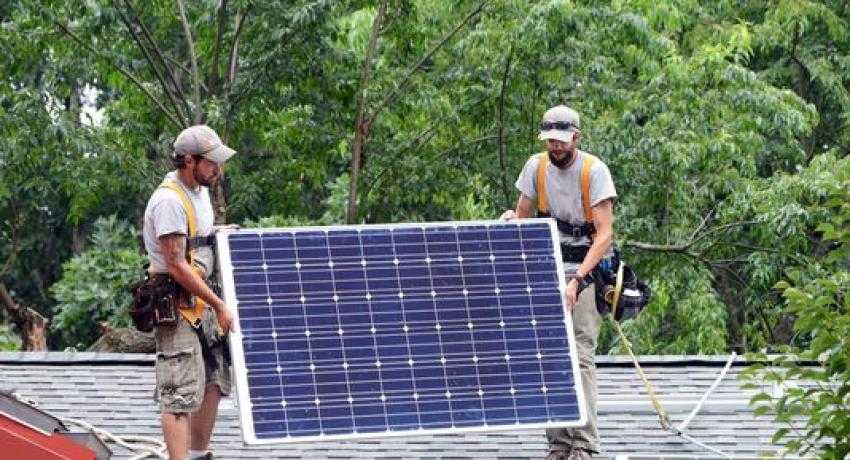What happens to rooftop solar when the tax credit expires?
This time next year, the last solar installations to receive the 30 percent investment tax credit will be going up.
The credit is scheduled to disappear entirely for rooftop solar and to shrink to 10 percent for utility-scale installations at the end of 2016. So, how will the tax credit’s disappearance really impact rooftop solar?
There are differing opinions on the subject with some industry leaders saying solar will persevere and continue growing at a slightly less dramatic pace. Others argue the end of the tax credit will bring the industry to its knees.
The reality is probably somewhere in between. And congress still has time to extend the credit. At a time when carbon reduction and clean energy sources are popular, an extension could be likely.
Then again, utility companies are battling regulators across the country to limit distributed solar generation, which could influence politicians as well.
If the tax credit expires as planned, the Energy Information Administration predicts that rooftop solar installations will plummet 94 percent in 2017. That’s a pretty bleak picture for an industry that has seen wild growth and employed 1 in 78 of all new workers in the last eight years. The Solar Energy Industries Association predicts that the expiration of the tax credit will cost 100,000 Americans their jobs. That could be motivation for politicians to retain the credit or to at least rework it.
Solar advocates argue that certainty is the cure. The tax credit can change and evolve. And it probably should. But if it simply vanishes, if the industry goes from giving customers 30 percent off the sticker price through tax credits to nothing overnight, it will damage a growing economic sector.
However, a tiered system for edging the credit down over time could ultimately eliminate it without dramatically upsetting the industry. The US Department of Energy reported that the installed cost of a rooftop solar system was about $8.25 in 2008. The US Solar Market Insight Report found that the average installed cost at the end of 2014 was $3.48. That report noted that prices dropped 9-12 percent year-over-year in 2014. If those cost cutting trends continued, the report for 2015 is likely to show an even bigger cost reduction.
If the 30 percent tax incentive was enough to spur growth in the industry when the average cost was at least 2.37 times its current cost, maybe costs are just low enough now that consumers will carry on. Even if rooftop solar will technically cost customers 30 percent more in 2017 than it did in 2016, it will still cost close to 100 percent less than it did when the tax credit was created.
A year out, predictions about the future of the rooftop solar industry are just as clear as the predictions about who the Republican presidential nominee will be.




